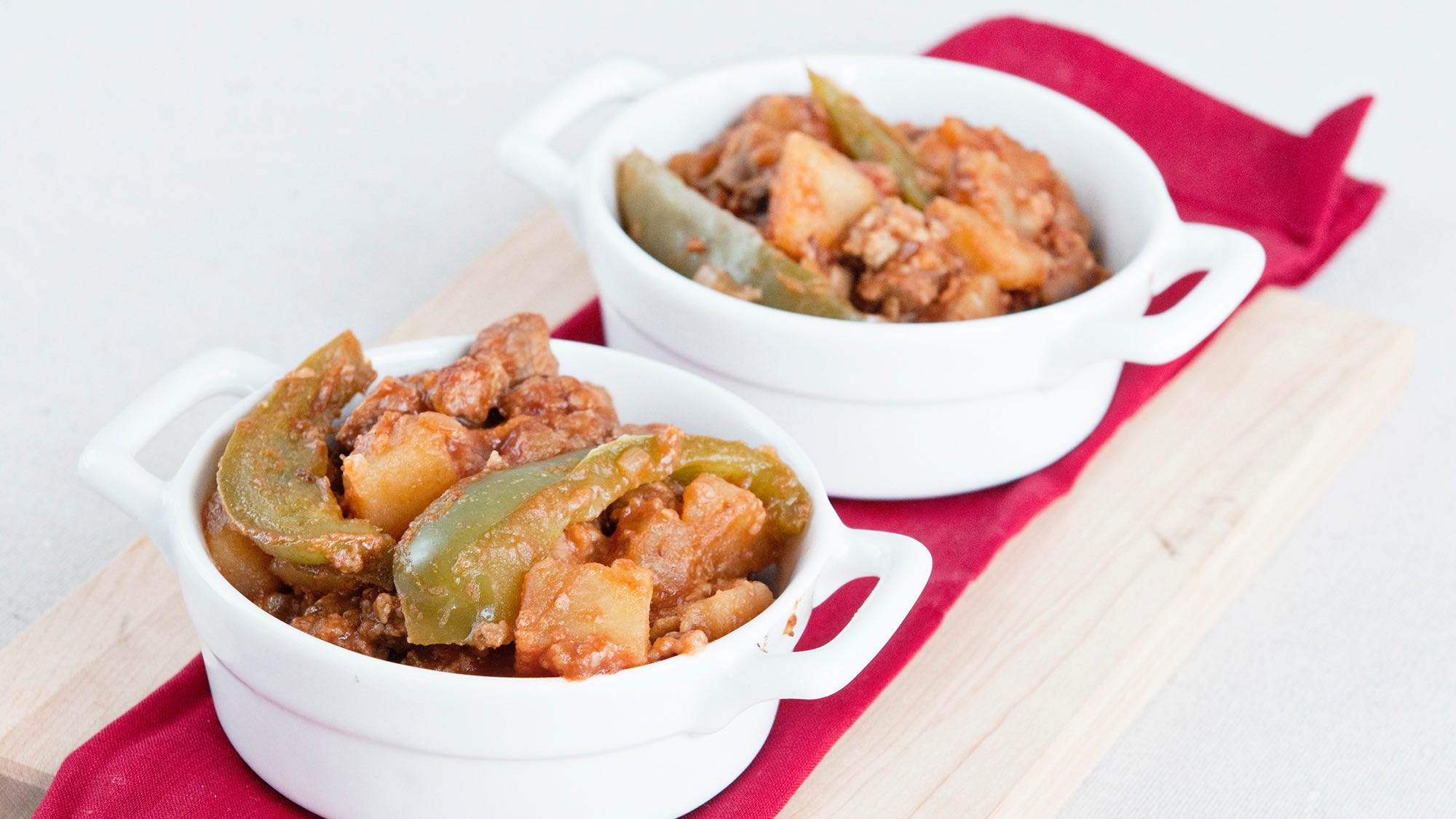Take a peek inside your oven, and you’ll find a hidden gem: the broiler, easily the most underrated appliance in any kitchen.
While ovens maintain an evenly distributed and precise temperature, the broiler activates an intense direct flame that beats down on ingredients from above. It’s brute, analog, and gloriously visceral, and it's my secret weapon for quick and elegant appeitzers, desserts, and proteins.
I rely on my broiler to toast, roast, grill, char, melt, crisp, and warm—often all at the same time, with no preheating required, and with no sticky stovetop to wipe down when I’m finished.
To ensure consistent cooking, I either align my food directly beneath the broiler flame or rotate it frequently. If I see something about to burn, I simply shuffle it to a rack further away from the flame. Want to keep a side warm while the main course is sizzling inches away from the broiler’s flame? Just let it hang out at the very bottom of the oven where the heat is gentle.
This intuitive way of cooking can be unsettling compared to a temperature knob and a timer—but with practice, it yields far more delicious and exciting results, while making hosting a breeze.
Here are a few of my favorite ways to use the broiler.
Toast bread (and elevate it)

Get rid of that crusty toaster oven taking up your valuable counter space; the broiler makes spectacular toast in about two minutes. Brush a little butter or olive oil on slices of bread, slide them about six inches below the flame, and don’t get distracted. It will go from perfectly golden to depressingly carbonized in less than a minute.
Broiled bread may be stupidly simple, but it really tastes better than its sober toaster-oven sibling. Plus, I find it invaluable for turning soup into a filling meal, making use of a stray overripe avocado, and sopping up the remains of a great stew or pasta.
Even better, add a slice, chunk, or crumble of cheese to your toast and put it back under the broiler—you’ll have the bubbling open-faced grilled cheese of your dreams in two more minutes. I think fatty and funky varieties work the best, so I often opt for washed-rind taleggio (basically my favorite cheese, period) or blue cheese.
Char vegetables for easy side dishes

Broiling is perfect for making smoky, jammy, and juicy vegetables. I season whole peppers, eggplants, or tomatoes with olive oil and salt, then broil them for ten to fifteen minutes, flipping once. Let them cool slightly and easily rub off any overburnt bits with your thumb; the soft and flavorful flesh will remain intact.
This technique is key in executing complex sauces like romesco or dips like baba ganouj. But to be honest, I prefer to simply serve these blistered vegetables as a delicious side dish, tossed quickly with olive oil, vinegar, salt, and chili flakes.
And when I’m roasting root vegetables like potatoes, sunchokes, squash, a quick spin under the broiler before serving guarantees a super-crunchy exterior.
Render the crispiest skin

The broiler’s intense and direct heat makes it easy to consistently serve super crispy proteins without overcooking them.
The trick is to pre-sear your main (steak, salmon filets, duck breasts, etc.) until it’s caramelized and crisp on the outside but essentially raw inside. Then let it sit out at room temperature until mealtime, when five minutes before eating, the broiler’s intensity will re-crisp its exterior while quickly bring its temperature to a perfect medium rare.
Slow-cooking works the same way: I’ll braise chicken thighs or lamb ribs well in advance, then crisp them up under the broiler five minutes before eating. More delicate foods like whole fish or shrimp can be cooked entirely under the broiler just ten minutes or so before eating. If you use an elevated rack, hot air will circulate to keep both sides crispy.
And because the bottom of your oven gets only gently heated by the broiler, you can warm up any pre-made side dishes below while the proteins are crisping up for a perfectly cooked multi-course meal.
Prepare dessert in minutes

If you, like me, have little patience for complex pastry recipes, simply sprinkle sugar over halved fruits and slide them under the broiler. A lightly crunchy caramel crust develops in two or three minutes while the fruit underneath becomes irresistibly juicy.
This trick works well throughout the year with seasonal fruits like nectarines, pears, figs, and grapefruits. Frequently rotate the pan to ensure an even caramelization, and as always with the broiler, keep a watchful eye. With a dollop of softly whipped cream or a scoop of ice cream, this is an entirely impressive dessert that I frequently fall back on when hosting.
This article was written by Jonah Reider from Food & Wine and was legally licensed through the NewsCred publisher network. Please direct all licensing questions to legal@newscred.com.







